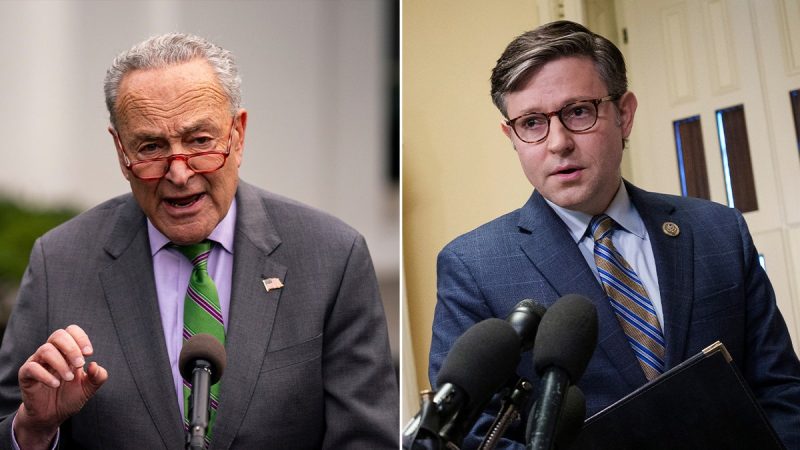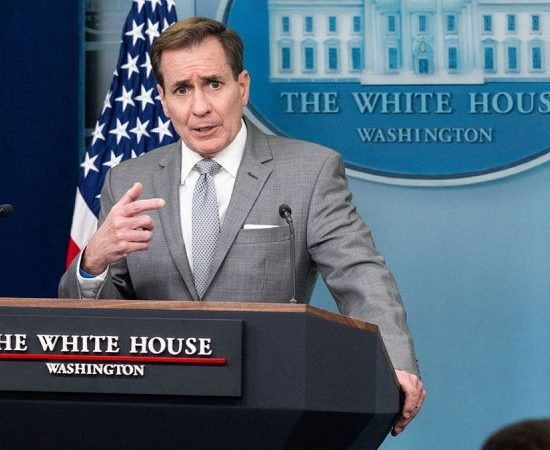With the latest government shutdown deadline looming, the U.S. House of Representatives and Senate have reached a bipartisan agreement on government funding. The agreement was reached after months of negotiations between Democratic and Republican lawmakers.
The new agreement will provide federal government funding for the next two fiscal years. The agreement addresses a wide range of government issues, including border security, immigration reform, and disaster recovery. Additionally, the agreement includes provisions to extend government funding through September of 2021.
The agreement replaced two existing stopgap spending packages with one, larger agreement that covers most of the government’s funding needs. The agreement includes $1.37 trillion in base funding and $179 billion in supplemental financial assistance. This includes funding for the Department of Homeland Security, the State Department, disaster relief, and infrastructure projects.
The new agreement also makes it less likely for a potential government shutdown to occur before the end of the fiscal year. The agreement lifts the burden on both Democrats and Republicans, as they seek to avoid an impasse that could force them to lock horns over fiscal matters.
However, President Trump has yet to approve the agreement, and there is a chance that he could reject the compromise in favor of his own immigration proposals. Still, the fact that both the House and Senate reached the agreement is a sign of improvement in Washington, D.C., and a symbol of bipartisanship.
The new agreement creates a firmer foundation for the federal budget and allows Congress to focus on governing instead of shuttering government operations. This framework puts the nation on better footing as the fiscal year draws to a close.





